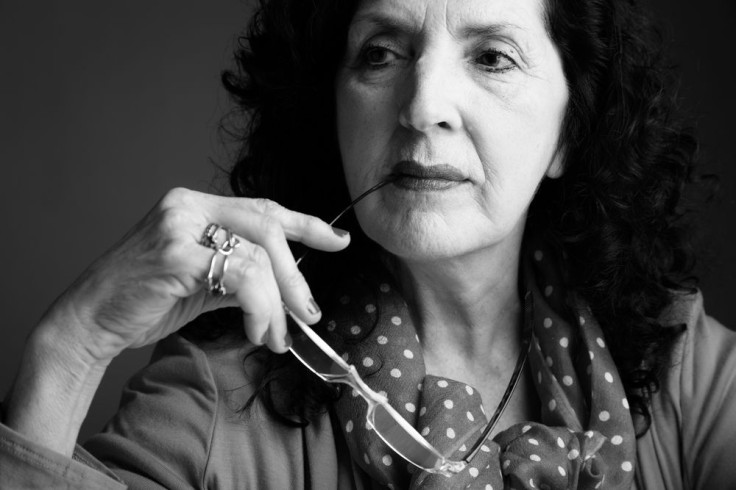Extending Cervical Cancer Screening To Age 69 Could Save Many Lives

In a new review from Queen Mary University in London, researchers show that current cervical cancer screening practices frequently fail to spot malignancies in women over 50, illuminating the need for more inclusive protocols that can monitor patients well into their sixties.
The study, which is published in the journal PLoS Medicine, shows that women who are not screened past age 50 have a significantly higher risk of developing cervical cancer, with cases developing as late as 83 years of age. “Cervical screening prevents cervical cancer by detecting and then treating pre-cancerous lesions,” senior author Dr. Peter Sasieni said in an email to Medical Daily. “This study showed that whereas most cervical cancers in women aged 60-74 have a precursor that is screen-detectable aged 60-64, many cancers diagnosed after age 75 are not preventable by screening under age 65. This suggests that pre-cursor lesions continue to develop in older women.”
Screening for Cervical Cancer Later In Life
To investigate, Sasieni and his colleagues looked at the link between screening women aged 50 to 64 and cervical cancer incidence in women aged 65 to 83. They found that women who had not been screened past age 50 had a sixfold higher risk of developing the devastating disease compared to peers reporting a healthy negative screening history — 49 vs. eight cancers per 10,000 women over a two-decade period, to be exact. "Screening up to age 65 years greatly reduces the risk of cervical cancer in the following decade, but the protection weakens with time and is substantially less 15 y after the last screen,” the authors said in a press release. “In the light of increasing life expectancy, it would seem inappropriate for countries that currently stop screening between the ages 60 and 69 years to consider reducing the age at which screening ceases."
Today, the Centers for Disease Control and Prevention (CDC) estimates that about 4,000 women die from cervical cancer each year. Like cancers of the pancreas and ovaries, the disease is often diagnosed with an abysmal prognosis, as it tends to go undetected until it spreads to neighboring tissue through a nefarious process called metastasis. It follows that adequate screening protocols are crucial to lowering the death toll.
Easing the Burden of Cervical Cancer
The current study adds to the growing number or efforts to improve both screening guidelines and diagnostic tools. Another example is a paper from the University of Louisville published earlier this year, in which researchers show that a so-called thermography test could soon be used to diagnose the disease heating up a blood sample. These efforts stand to cut both incidence and mortality by providing physicians with simple and reliable screening tools.
While the current results are limited to cervical cancer, broader screening practices may be necessary in a wide range of clinical areas, particularly in nations with rising life expectancies. According to Sasieni, the study’s recommendations could for this reason be applied across other evasive cancers, such as colorectal cancer. “One might speculate that something similar would be the case for colonoscopy screening (whether by colonoscopy or flexible sigmoidoscopy),” he told Medical Daily. “Although such screening may prevent bowel cancer by detecting and removing precursors (adenomas) and results in low-risk of cancer incidence for 10-15 years after screening, one might hypothesise that new adenomas will continue to develop after age 55 and that 10-15-yearly screening up to age 72 would be cost-effective.”
Source: Castañón A, Landy R, Cuzick J, Sasieni P. Cervical Screening at Age 50 Years and the Risk of Cervical Cancer at Age 65 Years and Older: Population-Based Case Control Study. PLoS Medicine. 2014.



























